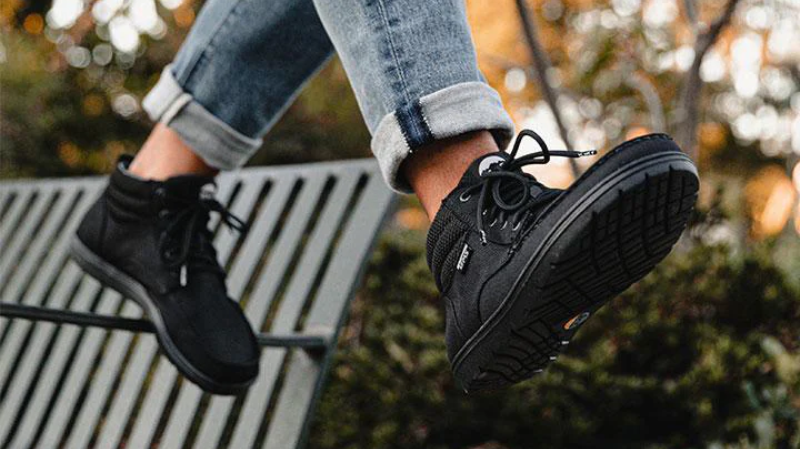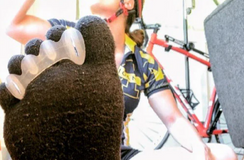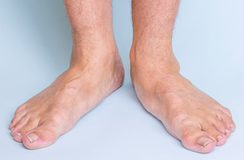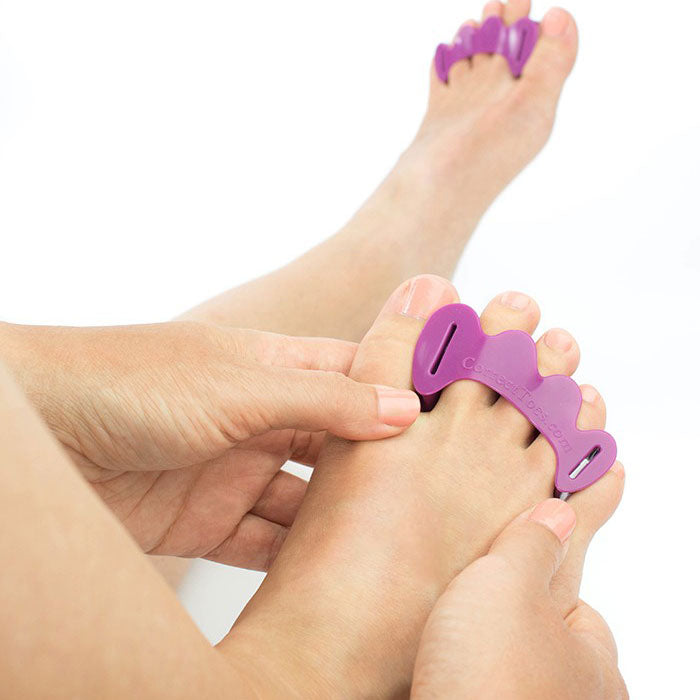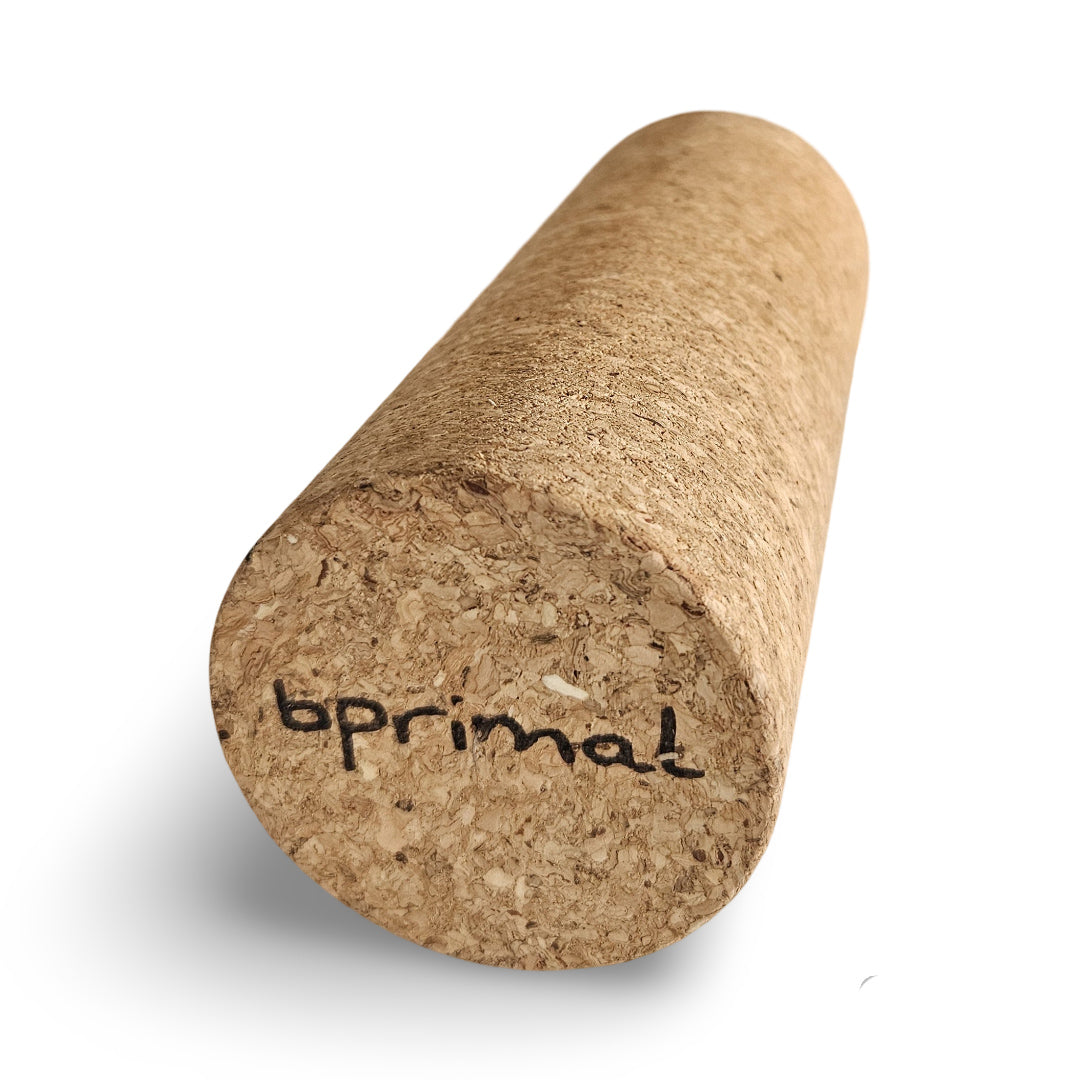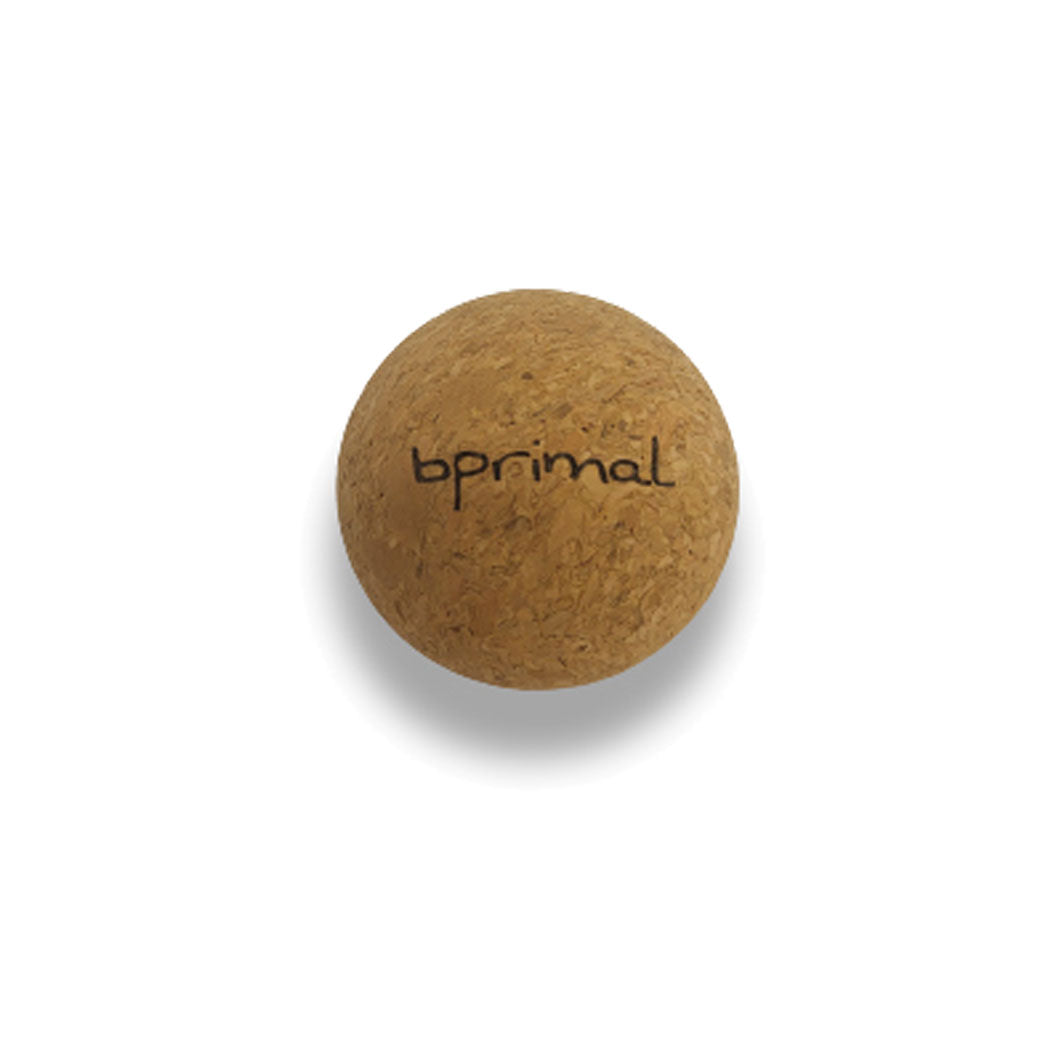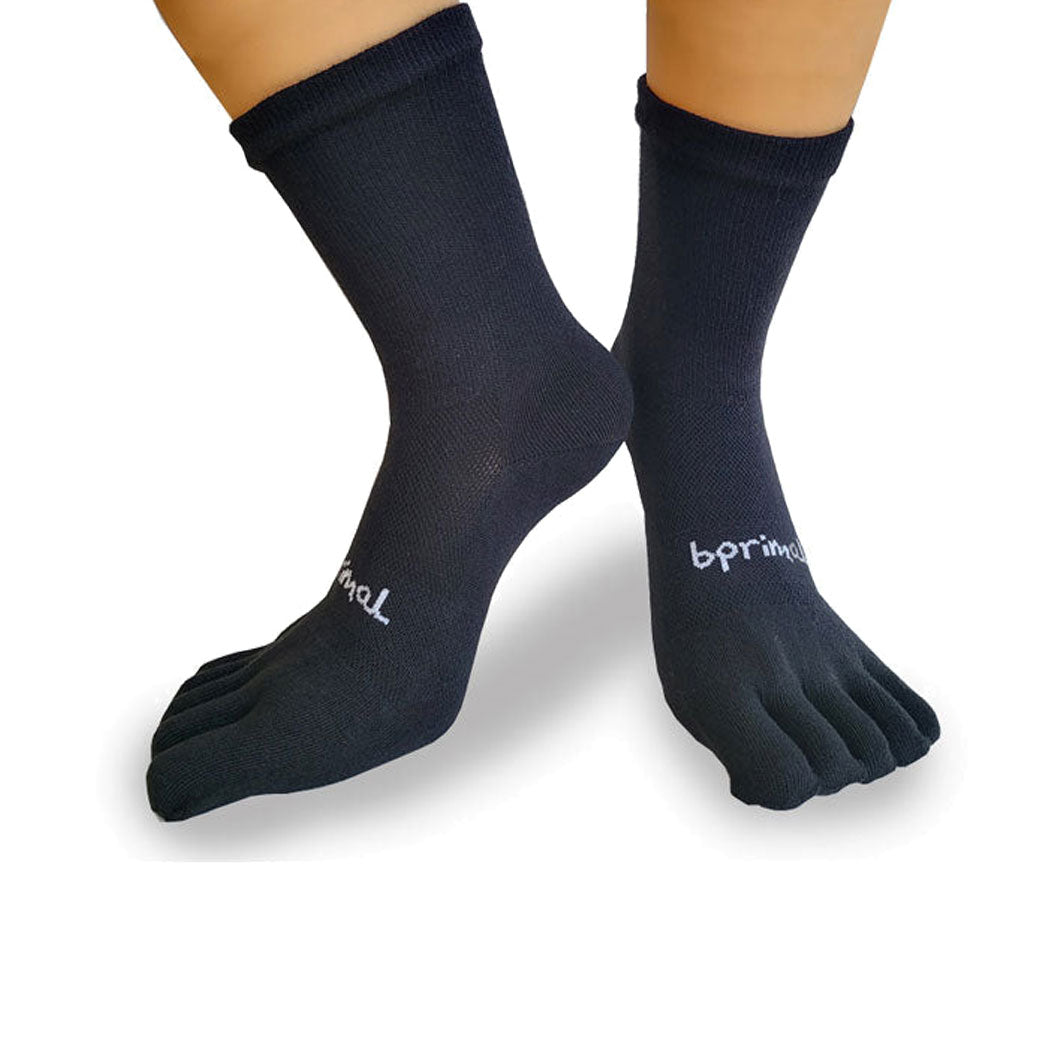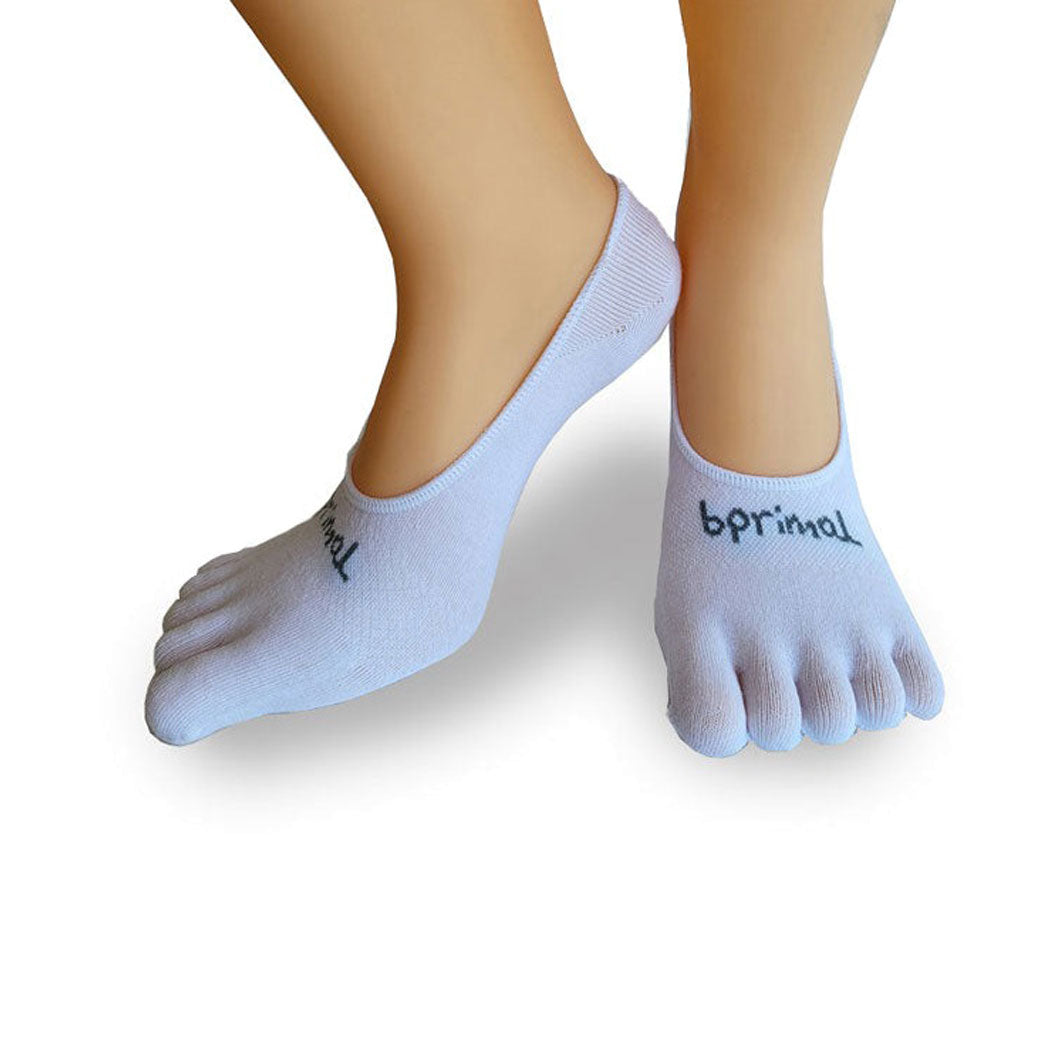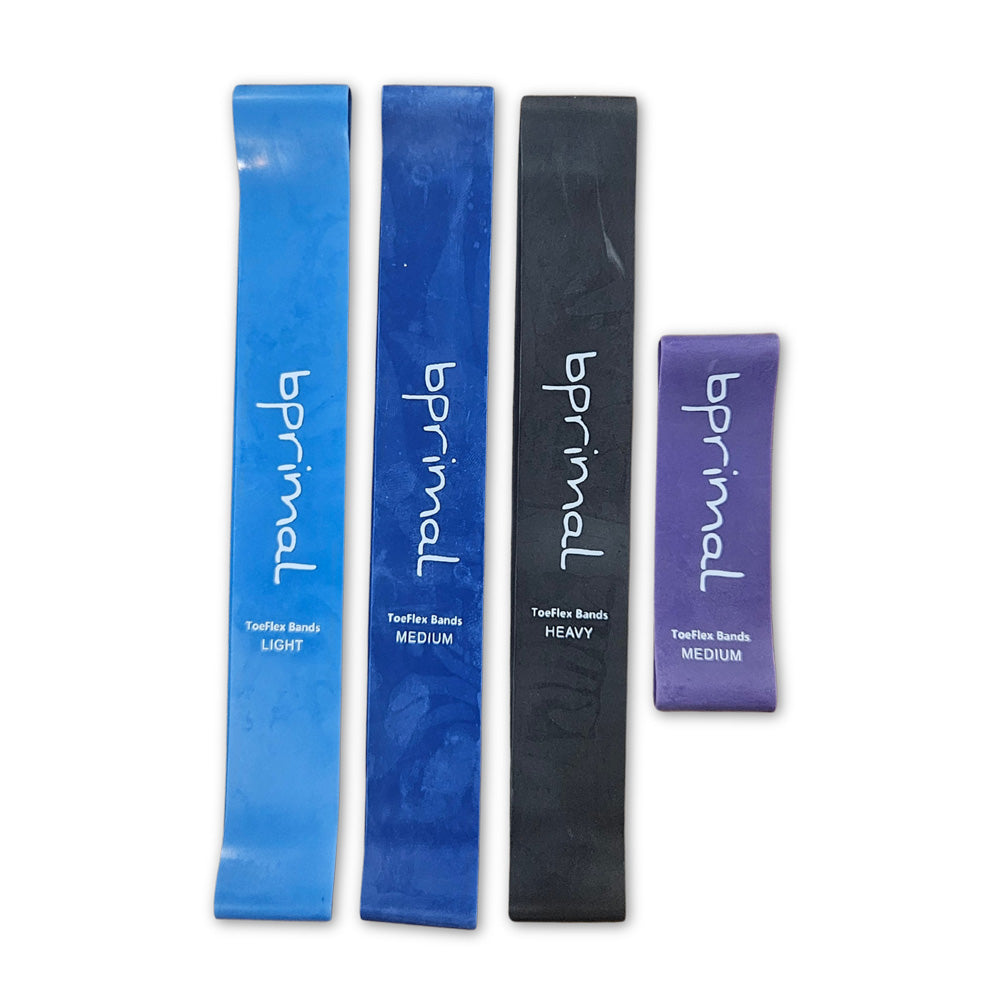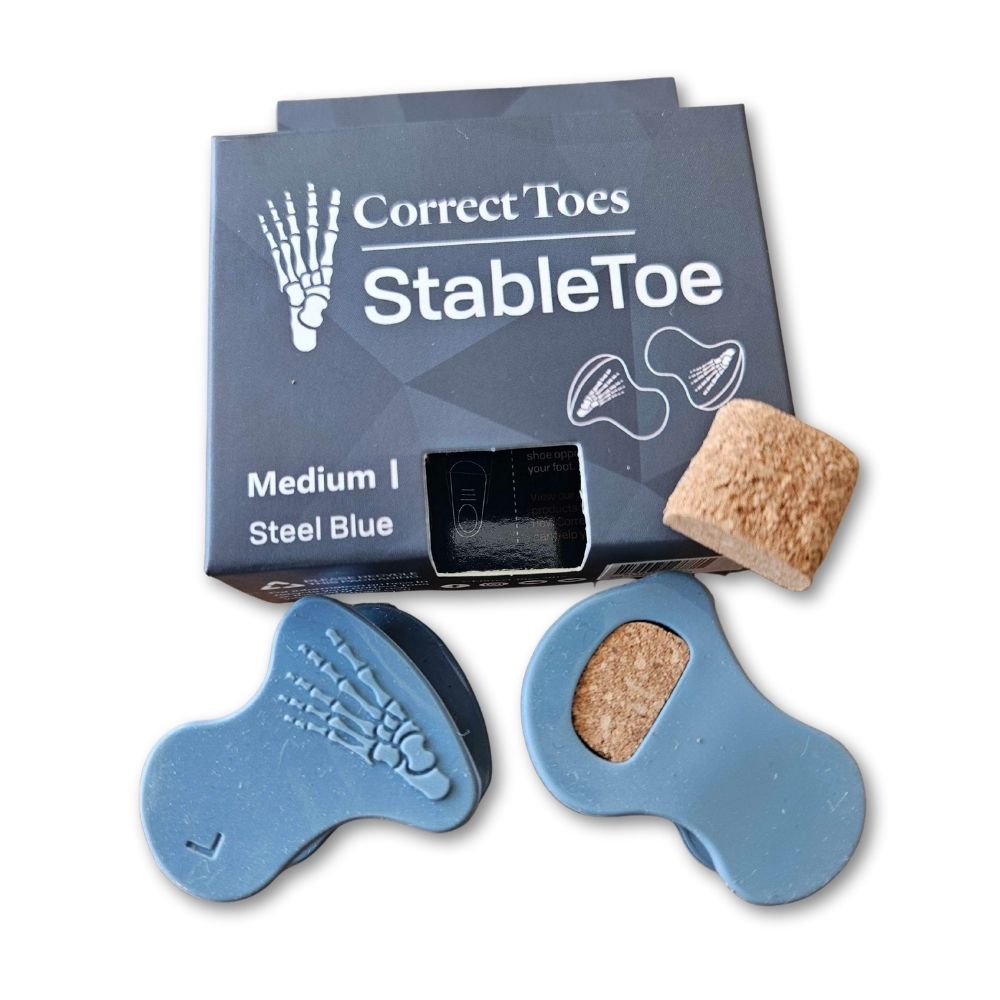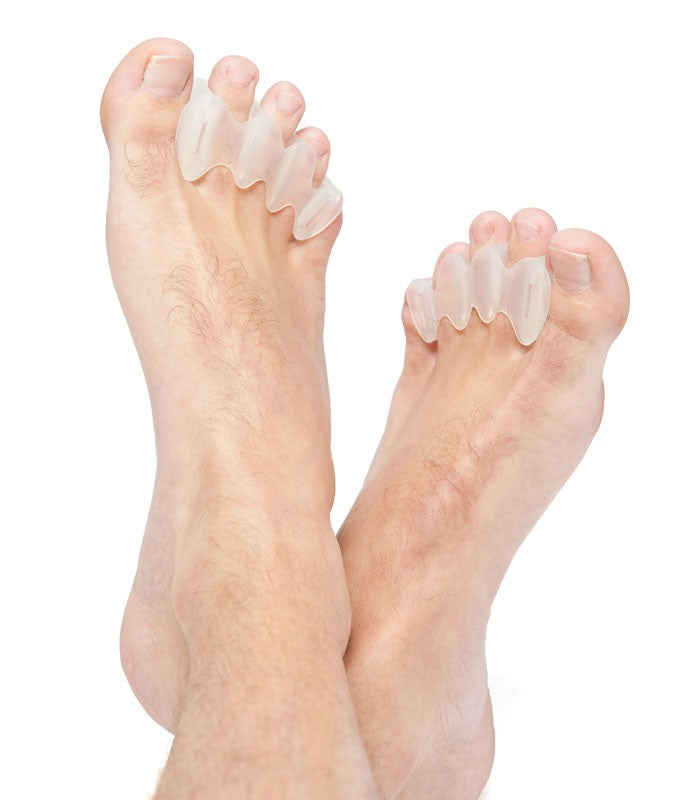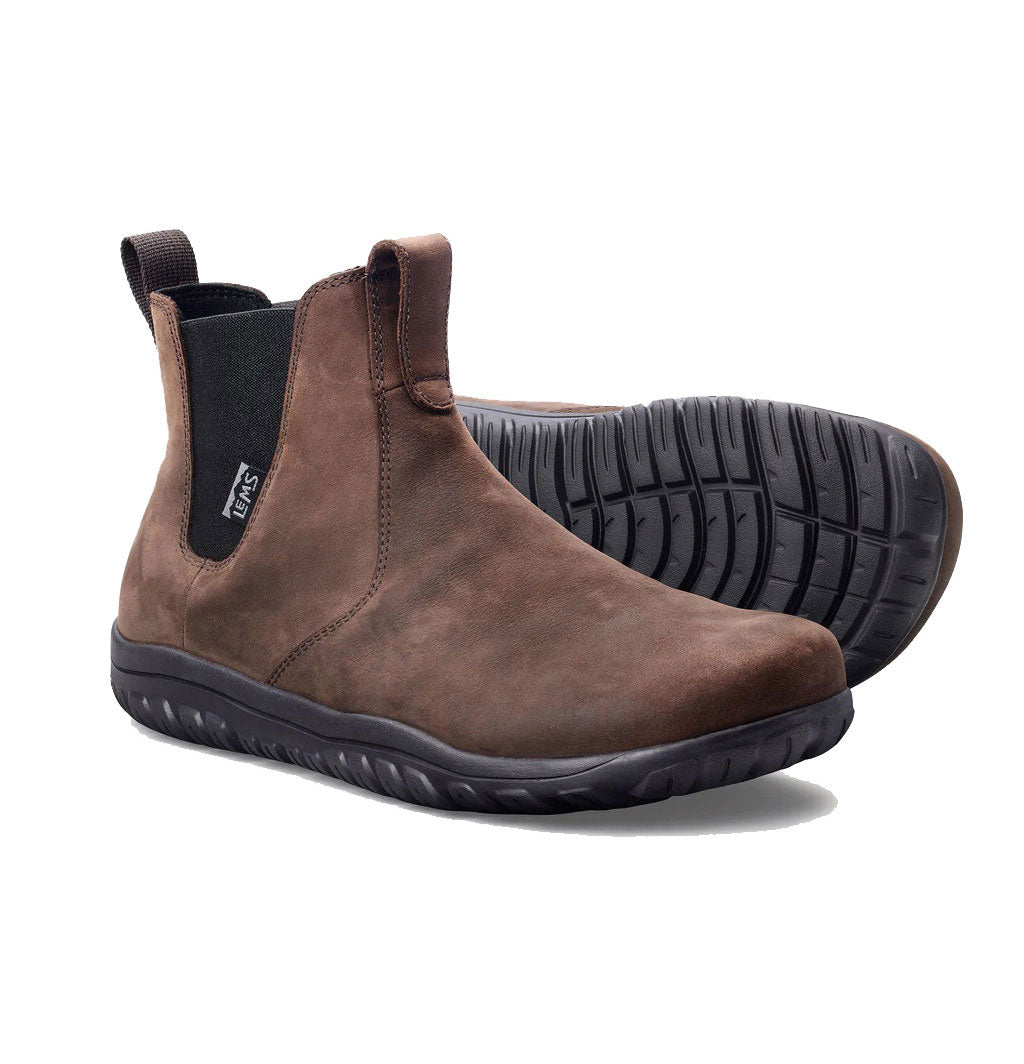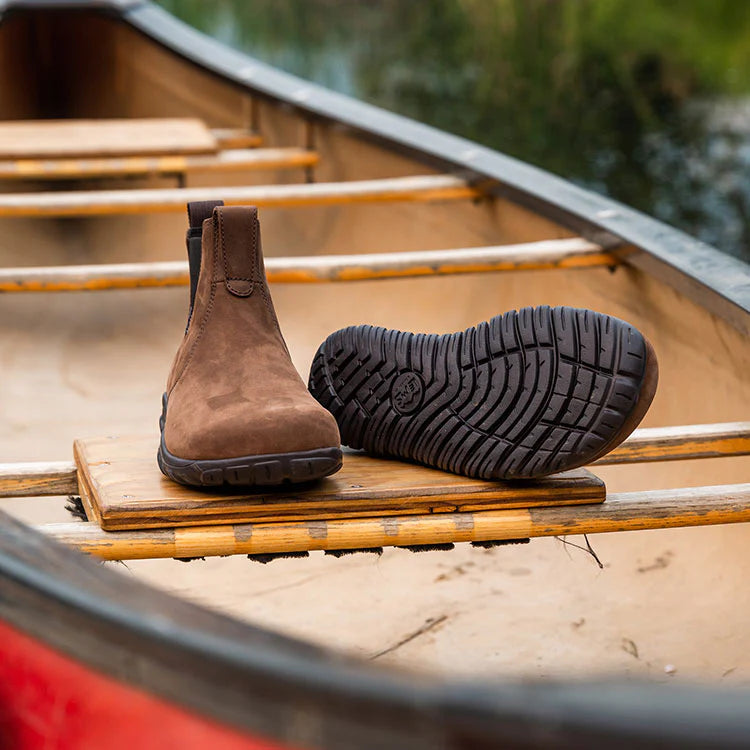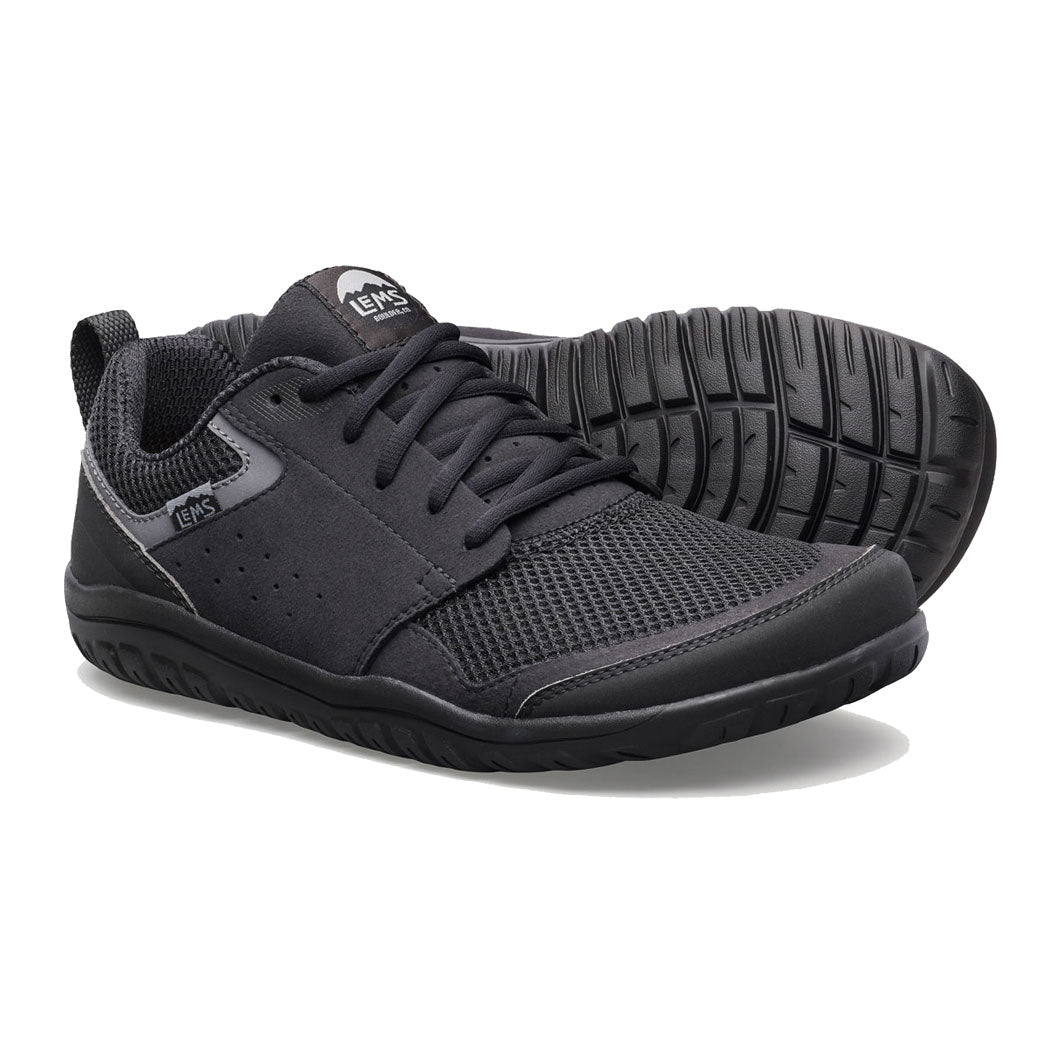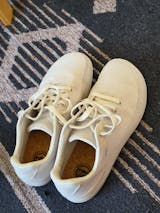We often focus on comfort, cushioning, and style when choosing footwear—but rarely do we consider how our shoes impact our posture, balance, and the strength of our feet. The truth is, modern shoes with thick soles, narrow toe boxes, and raised heels can disrupt our body’s natural alignment and lead to weakened foot muscles over time.
That’s where barefoot shoes come in.
At Bprimal, we’re passionate about supporting natural movement and healthy foot function. In this guide, we’ll explore how barefoot shoes help improve posture, enhance balance, and strengthen the feet—step by step.
What Are Barefoot Shoes?
Barefoot shoes are designed to let your feet move the way nature intended. They’re flat (zero-drop), flexible, and foot-shaped, encouraging a more natural gait and restoring foot function.
Unlike traditional footwear, which often compresses the toes and elevates the heel, barefoot shoes provide:
-
Zero-drop soles – your heel and toes sit on the same plane, promoting better posture
-
Wide toe boxes – allowing toes to spread and grip naturally
-
Flexible, thin soles – providing ground feedback and promoting balance
Explore our full barefoot shoe collection to discover styles for walking, running, hiking, and everyday wear.
1. How Barefoot Shoes Improve Posture
Posture begins with your feet. Traditional shoes with raised heels shift your centre of gravity forward, often resulting in misalignments through the ankles, knees, hips, and spine. This imbalance can cause:
-
Chronic back or neck pain
-
Tight hip flexors and shortened calves
-
A forward-leaning posture that increases fatigue
Barefoot shoes restore natural posture by returning your foot to a flat, grounded position. This encourages the rest of the body to stack in alignment—supporting neutral pelvis position, active glutes, and a stronger core.
Over time, people who make the switch to barefoot footwear often report:
-
Less strain in the lower back and joints
-
More upright posture without conscious effort
-
Improved comfort when standing or walking for long periods
Shop our zero-drop shoes to support healthy alignment from the ground up.
2. How Barefoot Shoes Improve Balance and Stability
Balance is more than coordination—it’s a conversation between your brain, body, and the ground beneath you.
Traditional shoes dull this communication with thick, rigid soles. Barefoot shoes, by contrast, bring your feet closer to the ground and activate thousands of sensory receptors in the soles of your feet. This increases proprioception, or body awareness.
With improved ground feel and foot mobility, barefoot shoes help:
-
Strengthen stabilising muscles in the ankles and lower legs
-
Improve reflexes when walking on uneven surfaces
-
Reduce the risk of trips and falls, especially in older adults
Barefoot shoes are particularly beneficial during dynamic activities like hiking or training. Many runners and outdoor enthusiasts make the switch to barefoot shoes to boost performance and reduce injury.
Explore our barefoot hiking shoes and gym-friendly styles designed to support stable, grounded movement in all conditions.

3. How Barefoot Shoes Strengthen Your Feet
Modern shoes often act like a cast for your feet—limiting movement, weakening muscles, and reducing overall function. Over time, this can lead to common issues like:
-
Plantar fasciitis
-
Flat feet or collapsed arches
-
Bunions and hammer toes
-
Achilles tendinopathy
Barefoot shoes strengthen your feet by allowing them to move freely, as they’re meant to. This encourages:
-
Stronger intrinsic foot muscles
-
Healthier arches that are supported by muscle, not artificial inserts
-
Improved toe function and natural splay for better grip and propulsion
Incorporating daily barefoot walking—whether indoors or in minimalist footwear—is one of the most effective ways to rehabilitate your feet. Start slow, increase your wear time, and integrate foot-strengthening tools to aid your transition.
Pair your barefoot shoes with foot health tools like toe spacers, mobility balls, and resistance bands for optimal results.
Transitioning to Barefoot Shoes Safely
Switching to barefoot footwear is a long-term investment in your health—but it’s important to transition gradually to avoid overuse injuries.
Here’s how to ease in:
-
Start slow – Begin with 30 minutes a day and increase as your muscles adapt
-
Strengthen and stretch – Use toe spacers, mobility balls, and daily foot exercises
-
Listen to your body – Mild soreness is normal at first, but avoid pushing through pain
-
Vary terrain – Walk on grass, sand, and natural surfaces to stimulate the feet in different ways
Looking for guidance? Read our blog post on natural ways to relieve foot pain to learn more about what your feet may need during this transition.
Long-Term Benefits of Barefoot Shoes
Making the switch to barefoot shoes is a lifestyle change that can unlock real benefits:
-
Improved posture – better alignment from head to toe
-
Greater balance – fewer falls, better mobility, and faster reactions
-
Stronger feet – resilient muscles that support you for life
Whether you’re standing at work all day, chasing after kids, hiking on weekends, or just trying to reduce foot pain—barefoot shoes can transform how you move and feel.
Recommended Tools and Products to Support Your Journey
At Bprimal, we’re here to support your full foot health journey—not just with footwear but with the tools that help you thrive.
Here are some essentials to get started:
-
Correct Toes Toe Spacers – realign and decompress your toes
-
Foot Mobility Ball – massage and release tension
-
Barefoot-friendly socks – designed to support natural toe splay and comfort

Final Thoughts
Your feet are the foundation of your body. By choosing barefoot shoes, you’re not only investing in comfort—you’re investing in alignment, strength, and long-term health.
Whether you’re taking your first steps into barefoot living or looking to deepen your practice, Bprimal has everything you need to support a more natural way of moving.
👉 Feel better. Move freely. Start your journey today.



